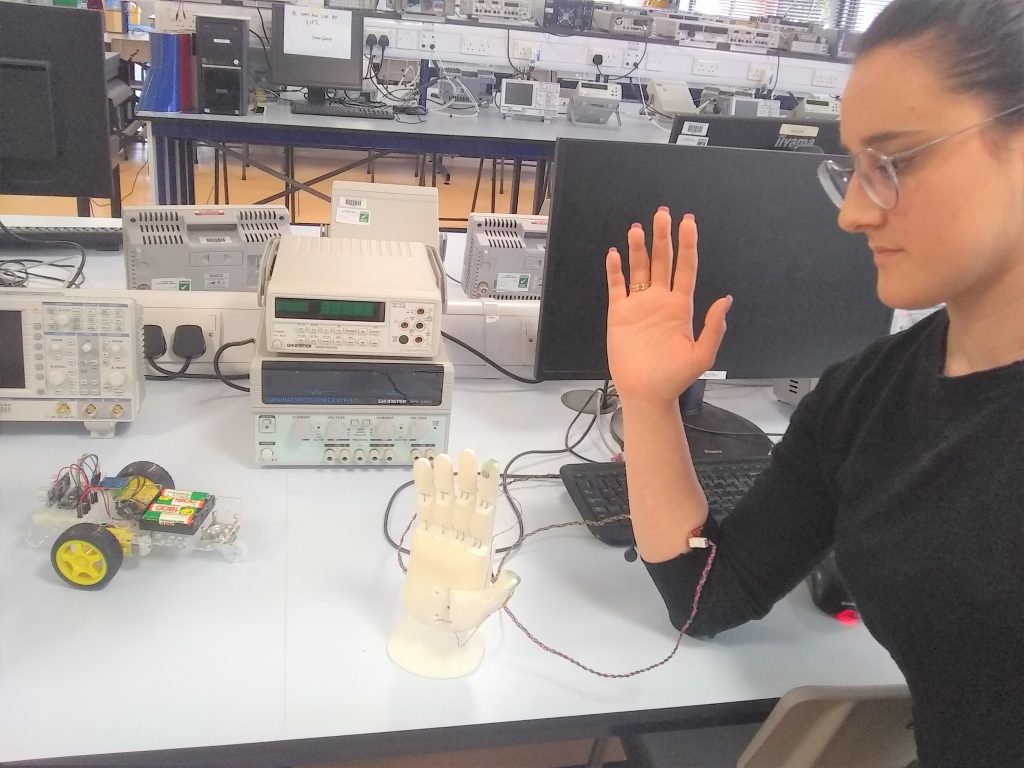Stuck at home with not much to do? Looking to get yourself ready for first year study? Have a look through the following list of recommendations of things to read and watch from Dr Gianluca Marcelli, Biomedical Engineering Programme Chair at the School of Engineering and Digital Arts.
‘I always say to my students that biomedical engineers see the human body as a machine and their goal is to fix or to enhance it. Given that the human body is a highly complex and sophisticated machine, Biomedical Engineering requires learning and bringing together many different disciplines. This needs strong motivation and I have seen plenty of motivation in my students and in our applicants that I’ve recently had the privilege of interviewing.
I hope that the list of online resources and suggested background material below will allow you to gain a better idea of what Biomedical Engineering is before you commence University.’
Dr Gianluca Marcelli, Programme Chair, Biomedical Engineering
Reading
Fundamentals of Biomechanics: Biomechanics applies the principles and rigor of engineering to the mechanical properties of living systems. This book integrates the classic fields of mechanics–statics, dynamics, and strength of materials–using examples from biology and medicine
Biomaterials Science: This title is the most comprehensive single text on all aspects of biomaterials science. It provides a balanced, insightful approach to both the learning of the science and technology of biomaterials and acts as the key reference for practitioners who are involved in the applications of materials in medicine.
Watching
Visible Body: This resource makes the learning and teaching of anatomy and physiology visually interesting and engaging.
Biology YouTube playlist: In 40 videos, learn about anatomy, recognize the chemicals, molecules, and structures that make up living things, understand the processes that keep organisms alive and drive cellular reproduction, identify evidence of evolution and discover molecules, cells and organisms.
Physics YouTube playlist: In 46 videos, you will be able to identify the fundamental forces describing the world and the core branches of physics, pose, refine, and evaluate scientific questions, connect phenomena and models across spatial and temporal scales, use representations and models to communicate scientific phenomena and solve scientific problems and apply mathematical equations that describe natural phenomena.
Blogs/websites
Institute of Physics and Engineering in Medicine: IPEM is the Learned Society and professional organisation for physicists, clinical and biomedical engineers and technologists working in medicine and biology
BioMedical Engineering OnLine: An open access, peer-reviewed journal that is dedicated to publishing research in all areas of biomedical engineering.
EBME Biomedical: Biomedical website containing educational articles, a discussion forum, and a recruitment section.
FDA Medical devices: US Food and Drug Administration’s section on medical devices.

